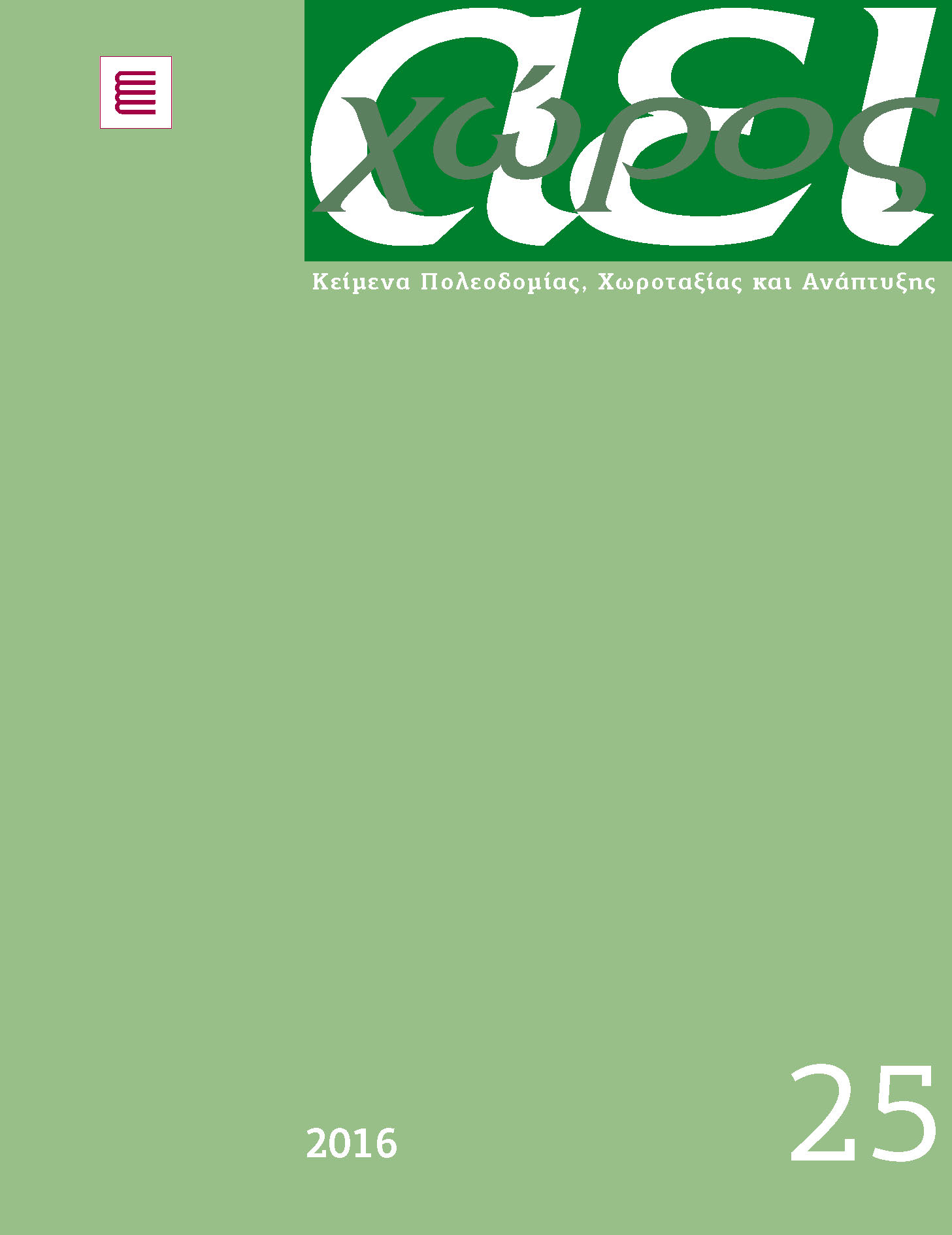The human geography of borderline islands of the Aegean Archipelago: 1971-2011
DOI:
https://doi.org/10.26253/heal.uth.ojs.aei.2016.381Keywords:
Aegean archipelago, Population density, Index of ageing, Economic development, Economically active population, UnemploymentAbstract
It has been more than 40 years since the publication of the timeless work of E. Kolodny “La population des iles de la Grece: essai de geographie insulaire en Mediterranee orientale” (1974), Edisud, Aix-en-Provence. Taking into account the relevant studies, the census returns and official statistics, this paper sketches the demographic and economic evolution of the borderline islands of the Aegean Archipelago in the period 1971-2011. These islands, seen as one geographical entity, have experienced a remarkable population and economic development during the last forty years. Nevertheless, this development is very heterogeneous. The islands of the North Aegean lost population during the examined period as a result of out-migration and more than a fifth of their population is more than 65 years old. They also fall back in terms of economic development. On the other hand, the Dodecanese in the South Aegean, achieved a spectacular economic and population development grace, mainly, to the booming tourist industry.
Downloads
Downloads
Published
How to Cite
Issue
Section
License

This work is licensed under a Creative Commons Attribution-NonCommercial 4.0 International License.

